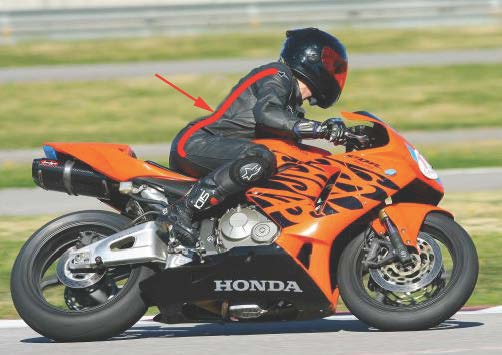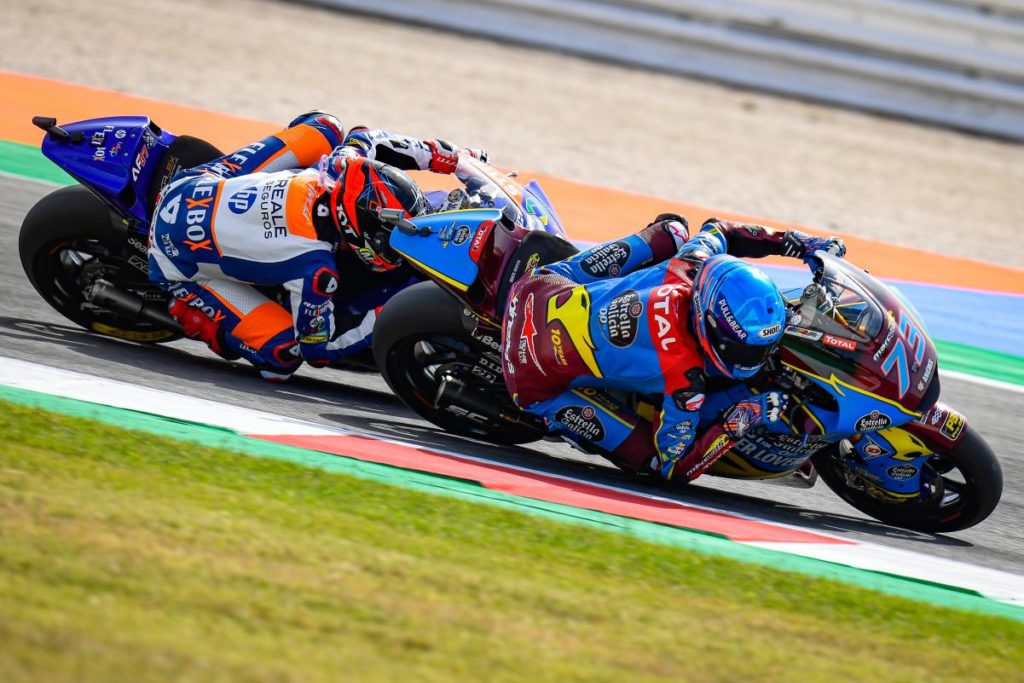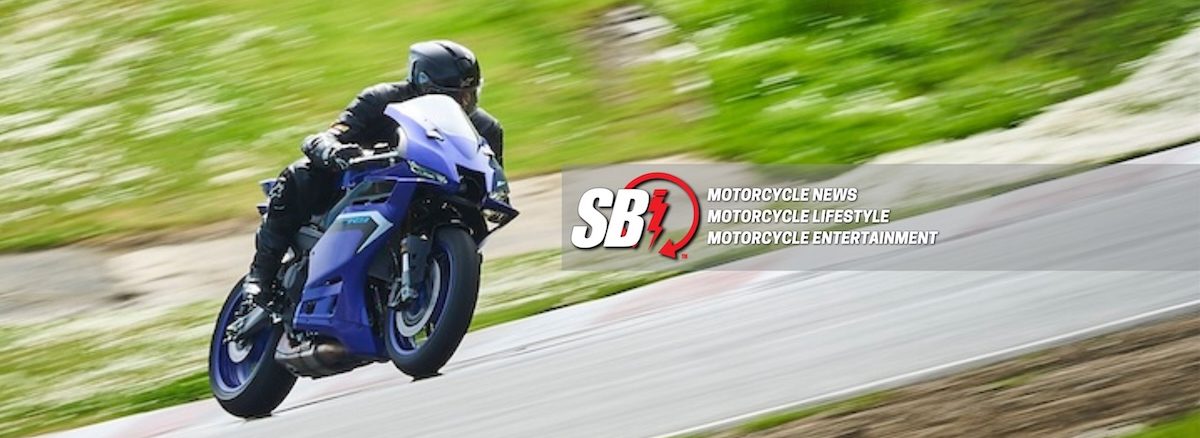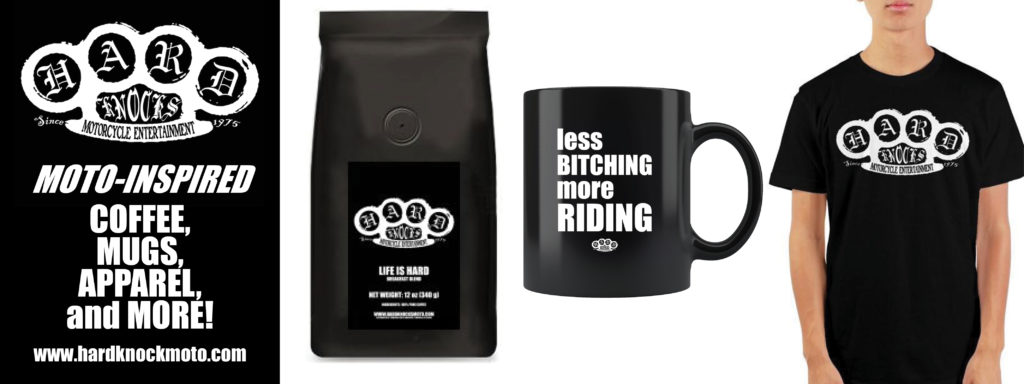Anyone who has spent time in the gym knows the importance of building a strong core. In addition to injury prevention and the ability to produce more powerful movements, training the core has been shown to have a tremendous effect on sports performance. During my research on this topic, I ran across the quote below, which I felt had a direct application to motorcycle road racing and the topic for this month’s article.
“Remember the body is just a chain of intricate systems. Think of the core of your body as the epicenter of the muscular system. A strong core can help you eke out that one extra rep or move that one extra pound… The core muscles move the upper body as a counterbalance for the movements beneath your feet. In other words, they control your balance and essentially keep you on your feet in changing environments.” – Bodybuilding.com, Andre Farnell, July 2010
Many road racing and track riding coaches focus on teaching proper body position on the motorcycle in order to help their students progressively improve their individual riding skills. A key part of this process is to help riders understand how to support their body weight using the muscles in their lower body. Once this goal is achieved, riders experience the benefits of increased dexterity with the controls, improved front, and rear traction and significantly greater feedback from the handlebars.
The quote above talks about how the core of the body acts as the epicenter of the muscular, essentially linking the upper and lower body during athletic movements (like riding a motorcycle on a racetrack). Without properly engaging your core, all of the potential advantages of supporting your lower body with your legs are lost. It is critically important that this important link in the chain is allowed to stay engaged as we ride, otherwise we will have no choice but to use our arms to support our upper body weight and we will not be able to take advantage of any of the benefits mentioned above.
In order to engage the core muscles of the body when on the track, riders must position themselves on the bike in such a way that their hips are able to roll under their torso. To better understand what this means, sit in a chair and straighten your back until your ab muscles are fully extended. This action will make you sit tall in the chair, and will effectively put a “reverse curve” in your lower spine and allows you to fully relax your stomach muscles. If someone were to push you in the chest from this position, you would not likely be able to regain your balance before falling over in the chair.
From this upright, abs-relaxed position, contract your stomach muscles and allow yourself to slouch in the chair. This position allows you to regain control of your upper body and gives you a “rounded back” from the base of your neck all the way to the bottom of your spine. The contraction of your abdomen stabilizes your upper body, yet allows you the full and relaxed use of your arms. This is the position that you should strive to achieve while riding.
In order to prevent the extension of a rider’s ab muscles and the subsequent breakdown of the chain of body control, it is important to position your torso in the correct position on the seat. When riders slide to close to the fuel tank it tends to bring the upper torso into a more upright position, causing the “reverse curve” in the lower spine shown by the red arrow in the photo below. Even though this rider is gripping the tank with his legs, providing support for his lower body, the extension of his core muscles disconnects his upper body from this base. The disconnection then requires this rider to support the weight of his upper body with his arms, causing a lack of traction, confidence, and feel.

Looking at the photo below of former AMA Superbike champion Josh Hayes, we can see that Josh has created a separation between his torso and the fuel tank. This is an important base for most riders. Of course, the amount of tank separation will vary from rider to rider. The differences in rider heights and the distance in reach from the fuel tank to the bars requiring a different placement on the seat for everyone.

The keys to proper placement on the seat are found in striking a balance between moving back far enough to achieve a “rounded back” while staying forward enough with your shoulders to ensure the ability to move in any direction while leaned over. This position is one that is held throughout the majority of the turn (while there is a significant lean angle). It is important to note that this position definitely changes both while braking and under heavy acceleration.
In my experience, a good starting point is to separate from the tank far enough that your outside leg contacts the tank at about mid-thigh. This provides good leverage to allow riders to transfer from side to side by pulling on the tank with this leg and allows riders to achieve the “rounded back”. The important check and balance on this rearward placement are that you should be able to fully manipulate the controls from lock to lock without straightening your arms or contacting the tank with your chest. If your arms ever reach the limit of their travel when you are riding, you have officially lost control. Riders need to strive to achieve the “rounded back” while ensuring that their arms are always bent and relaxed all the way around the track.
Of course, there are always exceptions to the rule when it comes to riding style. If you look at photos of top riders from around the world, there are always a couple of riders who seem to be able to turn out fast laps with unconventional styles. However, if you look at a gallery of MotoGP or WorldSBK or MotoAmerica stars, you will find that photos taken mid-corner or under acceleration will almost always show evidence of the rounded back. Many riders, especially those on high powered race machines, will slide forward on acceleration to help keep the front wheel on the ground, but look closely at the mid-corner body positions of riders like Marquez, Rossi, and Dovizioso and you will be able to see the tank separation, rounded back and outer leg stabilization that we mentioned in this article.

We may not be able to emulate everything that these great riders do, but the achievement of proper mid-corner body position that keeps the link between our upper and lower body is an achievable goal for all.
Until next time… Ride fast. Ride safe!
About The Author
Discover more from SportBikes Inc Magazine
Subscribe to get the latest posts sent to your email.



Very true.
We at Superbike-Coach train street riders on a small track in Stockton CA, because we believe that parking lot training doesn’t go far. Our Cornering School is heck of popular. Come and see yourself.
https://www.superbike-coach.com/portfolio-item/cornering-school-day
Very true.
We at Superbike-Coach train street riders on a small track in Stockton CA, because we believe that parking lot training doesn’t go far. Our Cornering School is heck of popular. Come and see yourself.
https://www.superbike-coach.com/portfolio-item/cornering-school-day